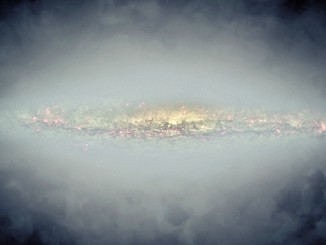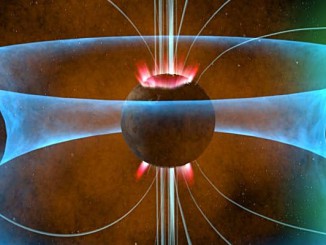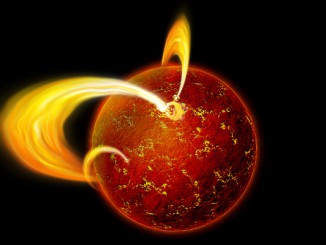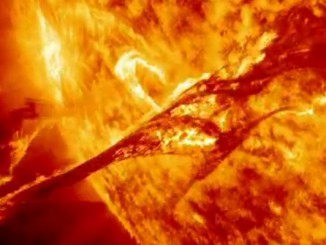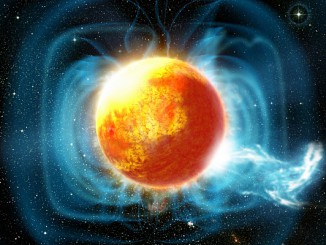
Asteroseismology reveals magnetic fields deep within stars
Astronomers have for the first time probed the magnetic fields in the mysterious inner regions of stars, finding they are strongly magnetised. Using a technique called asteroseismology, the scientists were able to calculate the magnetic field strengths in the fusion-powered hearts of dozens of red giants, stars that are evolved versions of our Sun.

